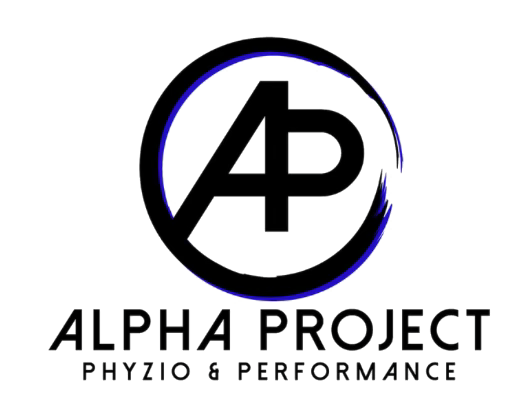Constipation and The Pelvic Floor
Have you ever been constipated and not been able to have a bowel movement for 3, 4, or 5 plus days? Do you wonder where all the poop goes? What is happening to it? That is a great question and I am excited to answer it for you!
People of all ages can experience constipation, and it is very treatable. However, constipation is something that can affect your daily well-being, and it’s not always the easiest subject to talk about.
There are a few different ways constipation can be treated, including pelvic floor physical therapy. Keep reading to learn more about constipation and how it relates to the pelvic floor.
What Happens During Constipation
If you are constipated for days on end, the fecal matter will just sit inside your colon. As the matter sits there for longer and longer, more and more water gets absorbed out of it. This causes the poop to become hard which will be unpleasant when it finally does come out of your body.
Common signs and symptoms of constipation:
infrequent bowel movements
decreased amount of stool
straining to have a bowel movement
feeling of incomplete emptying
How Constipation Affects Your Colon
As the days go by, more fecal matter will be added to the current fecal matter still sitting in the colon. This causes the already hard mass to grow even bigger. The size of the poop will stretch out your colon.
As your colon is stretched time after time, the colon gets used to this and can accommodate more and more volume of stool. This large amount of hard poop will be especially unpleasant and difficult to pass.
Why You Should Care
The urge to poop at the right time decreases as the sensory nerves in the colon are overstretched. When the colon is repeatedly overstretched, it can lead to a “megacolon”. Not getting the feeling of when you need to go further contributes to constipation.
Sometimes, people who lose this urge to go only know they need to poop because they get a stomach ache. This large stool inside you can also act as a plug, and liquid stool can leak around the plug. Therefore, if you have liquidy stool, this does not mean you are not constipated! Additionally, as the toxic waste sits inside you, the toxins can spread to other areas of your body.
Constipation and Pelvic Floor Physical Therapy
Hopefully, you see that pooping regularly is important for your health! You do not want your colon to become overly stretched. This leads to a decreased urge to know when it is time to go to the bathroom, unpleasant experiences when passing stool, and extra toxins in your body.
Addressing Pelvic Floor Tightness
If the pelvic floor muscles in the rectum are too tight, it can become difficult to pass stool. The muscles of the pelvic floor loop right around the colon and can cut it off if they are too tight. The strain of passing stool while constipated may only cause more tightness. To successfully pass stool again, the muscles in the pelvic floor must be able to relax.
If you are constipated and need help, pelvic floor physical therapy may be the answer you are looking for! Reach out and speak with one of our pelvic floor physical therapists today and solve your pelvic floor dysfunctions for good.
Additional Tips to Relieve Constipation
In addition to seeing a Maryland pelvic floor physical therapist, there are a few other treatments recommended:
Eating fiber and drinking water are essential to having healthy bowel movements.
Consistent exercise helps address and relieve constipation.
But if this is all not enough pelvic floor muscle tightness can be a contributor to constipation.
Getting Started With Pelvic Floor Physical Therapy
You can relieve constipation and proceed on to living your life! Pelvic floor physical therapy helps address constipation through a combination of stretches, internal work, and tools for self-maintenance.
In addition to constipation, pelvic floor tightness may manifest as discomfort with intimacy, urgency or frequency of urination, as well as pain in the tailbone, abdomen, or lower back.
Reach out and speak with one of our pelvic floor physical therapists today and solve your pelvic floor dysfunction! We have three locations in Gaithersburg, Frederick, and Columbia.

